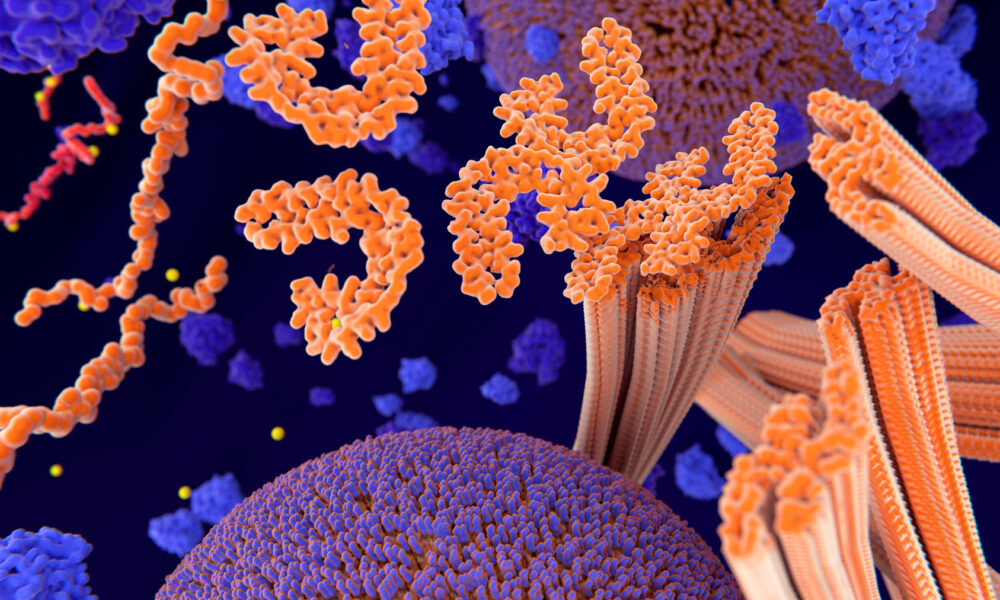In 1901, Alois Alzheimer noticed an abrupt change in his wife August Deter’s behaviour. Though only 50 years old, she began suffering from memory problems, paranoia, and bouts of aggressive behaviour. Five years after being admitted to a psychiatric ward, she passed away a completely different person from the woman he once knew. The experience inspired Alzheimer to conduct years of clinical research that eventually led to the discovery of dementia and Alzheimer’s disease, a lethal brain condition that affects memory and cognitive functioning, mostly among the elderly.
While there remains no cure for this disease, researchers at McGill’s Stop-AD research centre have been at the forefront of prevention research for several years. They have learned that Alzheimer’s is not a disease that appears suddenly, but one which develops over the course of a lifetime. By the time symptoms are evident, 70 per cent of neurons are already dead.
The team at Stop-AD was among the first to conduct a long-term study on the brain development of living patients with a high risk of developing Alzheimer’s. Approximately 350 people with a mean age of 63 participated in the study from 2011 to 2017, and their data now informs some of the leading research into Alzheimer’s disease in universities around the globe.
Before this study, Alzheimer’s research was typically conducted in mice or on cadaver brains. Scientists had previously focussed on the buildup of tau and amyloid proteins in the human brain, which were thought to be the main cause of Alzheimer’s, but many treatments targeting these proteins have failed in humans.
Judes Poirier, a professor in the Department of Psychiatry at McGill University, is an Alzheimer’s researcher and the director of the Molecular Neurobiology Unit at the Douglas Research Centre.
Though the mouse and cadaver models seemed promising to many at the time, Poirier and others have always insisted that Alzheimer’s is a uniquely human disease. In order to test on mice, genes from humans had to be inserted into their DNA. Moreover, many of these genes were only associated with rarer, early-onset forms of human Alzheimer’s and were unrelated to the late-stage forms that affect 98 per cent of patients.
The problem stemmed from researchers assuming that protein buildup led to symptoms of dementia. Instead, Poirier’s research has found that toxic proteins called amyloid beta 42 accumulate in the brain more as a result, rather than a cause, of the disease.
“Like tombstones, there are plaques where cells have died,” Poirier said in an interview with The McGill Tribune. “However, it is not because there is a tombstone on top of all dead people in a cemetery that it is the tombstone that killed them all.”
This realization, Poirier explained, has steered the field of Alzheimer’s research in a new direction.
“For the vast majority of scientists in my field, the toxic protein spreading is no longer the solution to AD treatments,” Poirier said. “More than 20 amyloid and tau-based treatments tested in humans [have] systematically failed in humans these past few years [even though they] succeeded in the mouse models.”
Now, Poirier says funding is being funnelled toward methods of prevention rather than cure, with a particular focus on maintaining patients’ cardiovascular health. According to a Stop-AD study, the biggest determinants for a person’s predisposition to Alzheimer’s have little to do with pharmaceuticals, but with the lifestyle choices made years before the disease hits. Links have also been found between the E4 allele of apolipoprotein, a plasma protein which helps regulate cholesterol, and the progression of Alzheimer’s.
Many other diseases, such as diabetes, hypertension, and high cholesterol, can increase the risk of Alzheimer’s. A healthy diet, regular exercise, and the absence of these other diseases have been shown to delay the onset of Alzheimer’s by anywhere from a few months to five years. For researchers and doctors, this presents a golden opportunity.
“A 10-year delay in Alzheimer’s would result in [a] 93 per cent reduction of cases. This is feasible,” Poirier said.
If scientists could achieve this, elderly patients with underlying Alzheimer’s would likely pass away long before the disease could affect them, eliminating its impacts for those prone to suffer. Though the research of past decades may not have been as fruitful as hoped, this new direction makes a world without Alzheimer’s seem like a near possibility.









